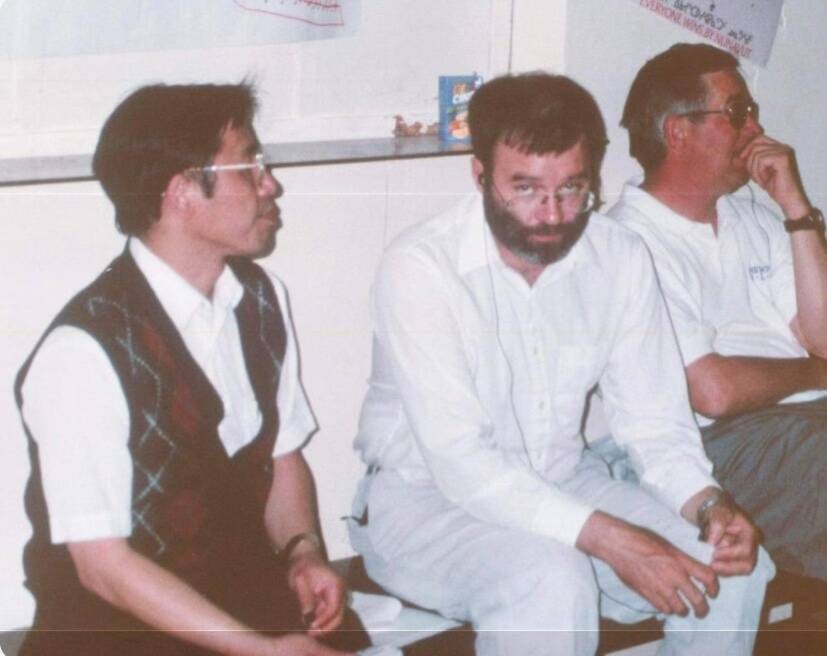In a public statement, outgoing Nunavut Senator Dennis Patterson made it clear his next project would be “writing about the Nunavut story — the inside story, of one who was there (though not in the beginning but since 1975)… the behind the scenes stories of the evolution of Nunavut.”
When asked for an example of one of these “behind the scenes stories,” Patterson provided an anecdote.
“I was an MLA for what was then Frobisher Bay in the Northwest Territories. I thought about the pivotal vote that started [us] on the road to Nunavut. Basically, it was a plebiscite with one important question: ‘Do you support a separation?’ It was a big gamble… [because] what was now Nunavut had a much smaller population. The civil servants in the capital city in the Northwest Territories were apprehensive about job loss or relocation. ‘What will be the impact on those who are in the Territories who are left behind?’
“The only way to have a very high turnout was to encourage people with doubts to vote with their feet i.e., stay home. The Nunavut MLAs all campaigned hard for a high turnout and vote in Nunavut. The TFN [Tunngavik Federation of Nunavut, precursor to Nunavut Tunngavik Incorporated] encouraged Nunavummiut to vote for separation or refrain from voting.”
In 1982, it was still legal in the Northwest Territories to drive with people sitting in the open bed of a pickup truck. Undeterred, Patterson got behind the wheel to transport eligible voters to the polls around Frobisher Bay.
“I was hustling everyone I could to the poll in the flat of my truck,” he recalled.
At one particular residence, an Elder, was bedridden on his couch, but adamant that he wanted to cast a ballot.
With the help of other young able-bodied men Patterson was also ferrying on his truck bed, the group simply picked up the couch with the Elder on it, and brought him directly to the poll that way.
“I remember it so vividly,” says Patterson, “because it was such a passionate expression of enthusiasm.”
In the end, 82 per cent of Frobisher Bay voted in favour of division, and across Nunavut, the vote came in at 56.5 per cent.
“It’s four times the average voter turnout today,” Patterson said. “This was an enormous gamble that paid off, even with the votes being counted equally across the Northwest Territories.
“It’s a great story which has to be told,” he stated, “and [it needs to be] understood by our new generation of leaders… for I believe it helps to know where you’re going if you understand from whence you’ve come.”
